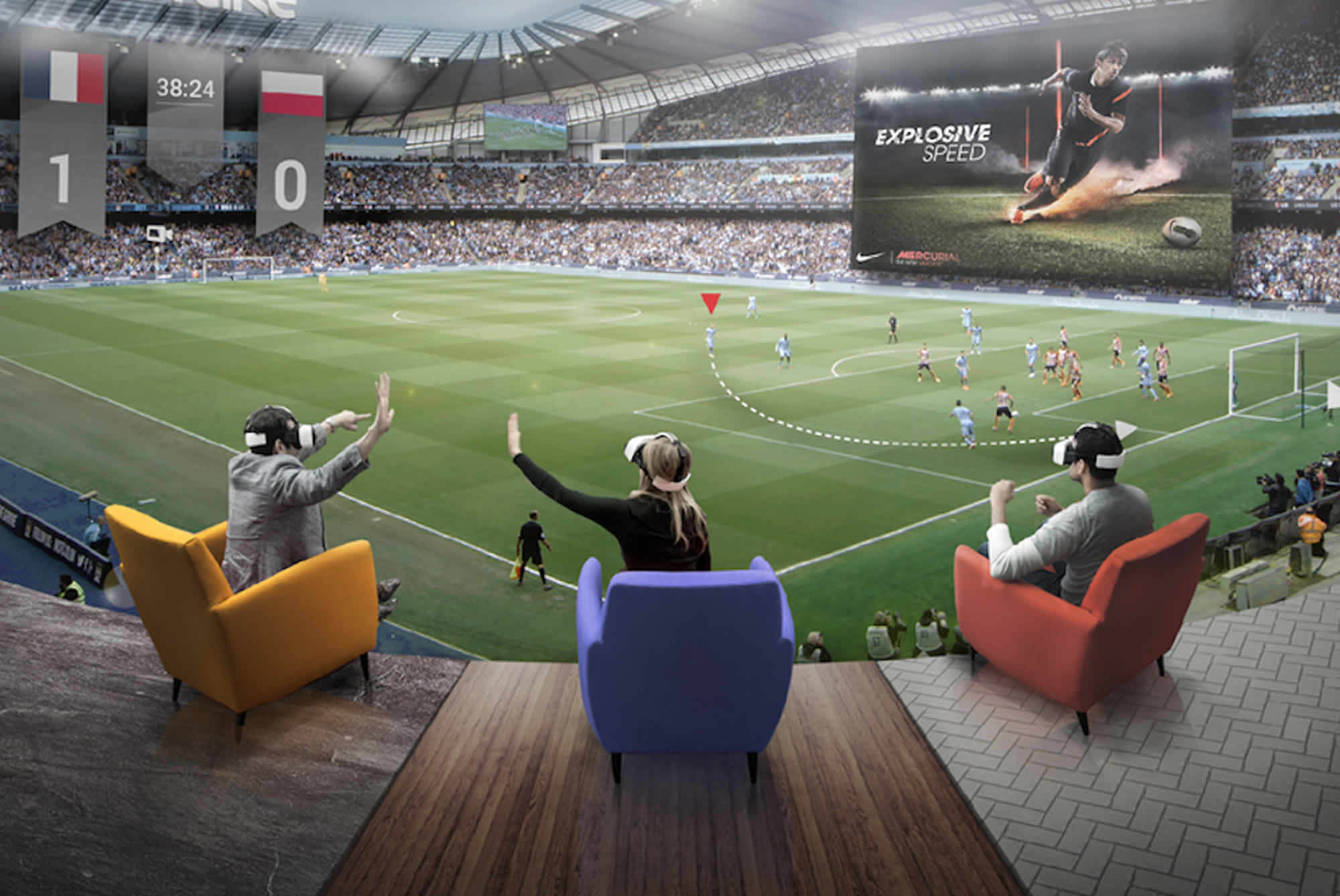In recent years, virtual reality (VR) has emerged as a transformative technology with the potential to revolutionize various industries, including sports. As demand for immersive experiences grows, the application of VR in live sports is set to redefine how fans engage with their favorite games and athletes. This article explores the future of VR in sports, examining its potential benefits, technological advancements, and its impact on fan engagement.
Virtual reality has advanced significantly from its early days of novelty. Today, VR offers highly immersive experiences that make users feel as though they are physically present in another location. In the sports sector, this translates to fans being able to enjoy a front-row seat at a game from the comfort of their homes. By donning a VR headset, users can experience the thrill of live sports events as if they were actually there, bypassing the need for travel or ticket hassles. For a deeper dive into how VR is shaping the future, check out https://en.crazyvegas.com/, which explores various aspects of the technology’s impact.
One of the most significant advantages of VR in sports is its ability to provide fans with unique and personalized viewing experiences. Traditional broadcasts often limit viewers to a single camera angle, but VR technology allows users to switch between different perspectives, such as court-side seats, player viewpoints, and even the coach’s perspective. This level of interactivity not only enhances the viewing experience but also provides fans with a deeper understanding of the game and its dynamics.
Moreover, VR can bridge the gap between fans and athletes, offering a more intimate connection than previously attainable. For instance, VR can enable fans to participate in virtual meet-and-greet sessions with their favorite athletes or even engage in virtual training sessions and practice drills. This heightened engagement fosters a stronger connection between fans and the sports they love, making them feel more involved and invested in their teams and players.
Technological advancements continue to drive the evolution of VR in sports. High-resolution displays, advanced motion tracking, and improved haptic feedback systems are enhancing the realism and immersion of VR experiences. Innovations such as 360-degree cameras and motion capture technology allow for more dynamic and interactive content, bringing fans closer to the action than ever before. As these technologies advance, the quality of VR experiences is expected to improve, offering even more lifelike and engaging interactions.
Another promising development is the integration of augmented reality (AR) elements with VR. By combining VR with AR, sports organizations can create hybrid experiences that blend digital and physical worlds. For example, AR overlays can provide real-time statistics, player information, and interactive features during live events. This fusion of VR and AR has the potential to revolutionize how fans consume sports content, offering a more comprehensive and engaging viewing experience.
The adoption of VR in sports also extends beyond fan engagement to impact training and performance enhancement. Sports teams and organizations are exploring VR as a tool for analyzing player performance, developing strategies, and conducting immersive training sessions. By leveraging VR technology, teams can gain valuable insights and improve their overall performance on the field.
Despite its many benefits, the widespread adoption of VR in sports faces some challenges. The cost of VR equipment and the need for high-quality content production can be significant barriers for some sports organizations and fans. Additionally, the technology’s reliance on high-speed internet connections and powerful computing hardware may limit its accessibility for certain users. However, as VR technology becomes more affordable and accessible, these challenges are expected to diminish over time.
In conclusion, the future of virtual reality in enhancing live sports experiences is both exciting and promising. As VR technology continues to evolve, it offers the potential to transform how fans interact with sports events, providing immersive and personalized experiences that were previously unimaginable. With ongoing advancements in technology and growing interest from sports organizations and fans, the future of sports entertainment is set to be redefined by the power of virtual reality.


















